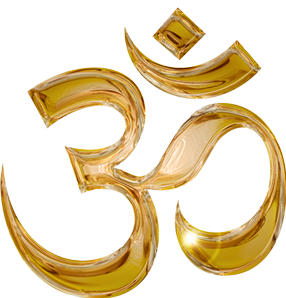
(Let all people, the world over live in peace and happiness, rolling in wealth with full of piety and compassion towards fellow beings is the motto of this great Hindu way of life)
Siva Jnana Lahari (Regd.) is established in 1995 AD as a Charitable Society to promote national integration and to propagate the rich cultural and philosophical heritage of India i.e. Bharata Khandam stated in the ancient texts, the Vedas, the Upanishads, Smrutis, Samhitas, Agama Sastras, Dharma Sastras, Kalpa Sutras, Itihasas, Puranas and Upapuranas, etc. numbering 14 called as 'CHATURDASA VIDYASTHANAMS', hitherto hidden in Sanskrit and in a few Indian languages and not known to world at large.
Vedas are given to us, by Parameswara. Of the fourteen Vidyasthanams, "Chaturdasa Vidyasthanams" Vedas and Upanishads explain the existence of the Ultimate Reality, Eeswara or Brahman visa-viz. the Jeeva and Jagath or Viswam. This is called in Vedantic language as "Tatwatriam" i.e. Jeeva, Jagat and Eeswara. Since, what is contained in the Vedas and Upanishads is difficult to understand, the great sage Veda Vyasa has written the "Puranas", as "Upabrihnams" to explain them to us in the form of stories for easy understanding. The Vedas consist of two parts viz. the Samhita or Karma Kanda part, dealing with the performance of Yajnas, etc. which may not help us in deciding "Paramyam" or the Ultimate Reality or the Brahma Tatwam. The second part consists of Jnana Kanda, the Upanishads, which are again very difficult to understand. Therefore, Veda Vyasa wrote in crisp form about 545 Brahma Sutras, selecting the important points from out of the Upanishads. Veda Vyasa has not stopped with this Brahma Sutras. He further wrote Mahabharatam after writing all the 18 Puranas and Upapuranas. He was not content with writing this Mahabharatam even and went a step further and introduced the Geeta Sastram, as a dialogue between Krishna and Arjuna to explain this Jeeva, Jagat and Eeswara in a more detailed fashion.